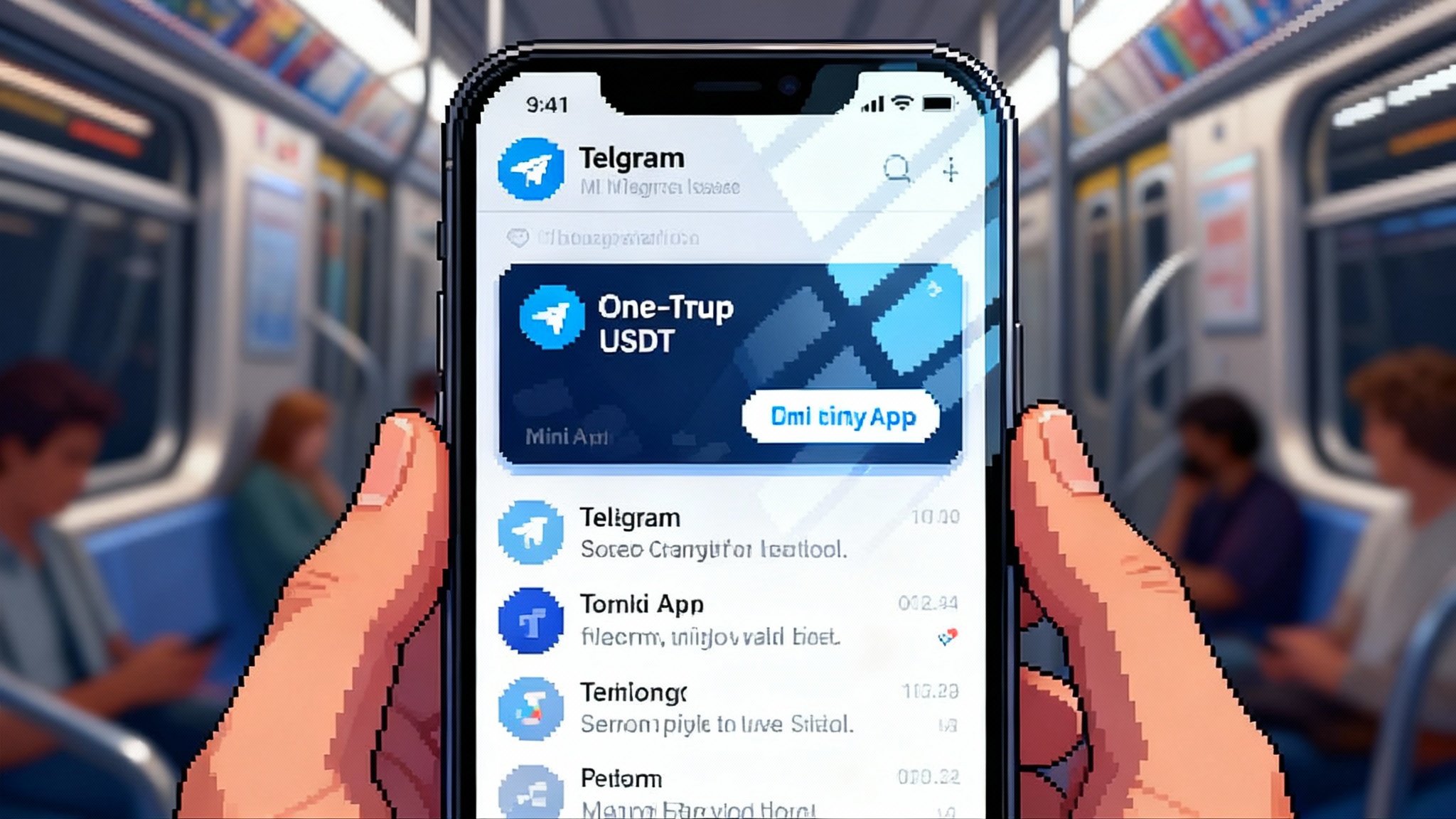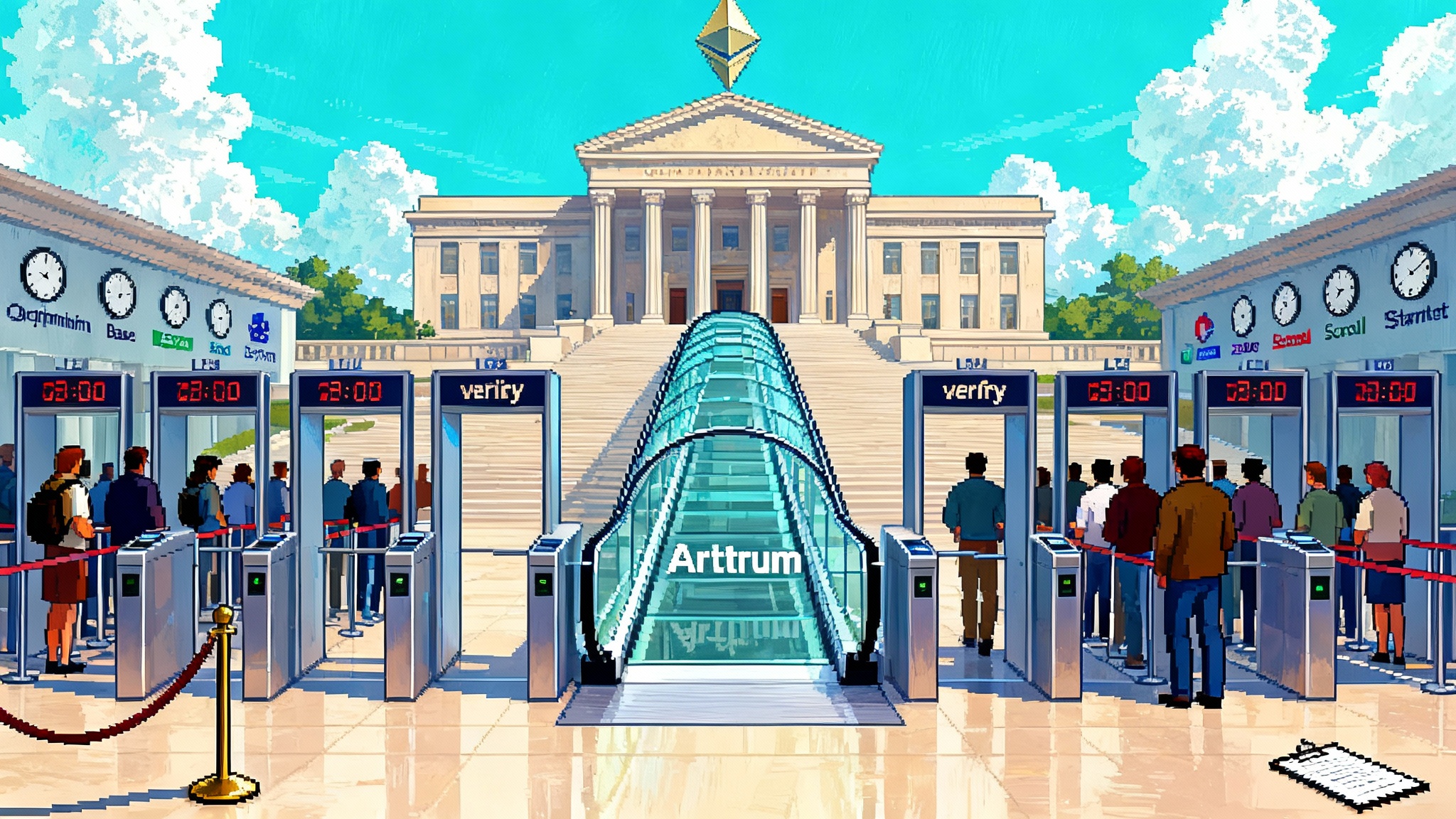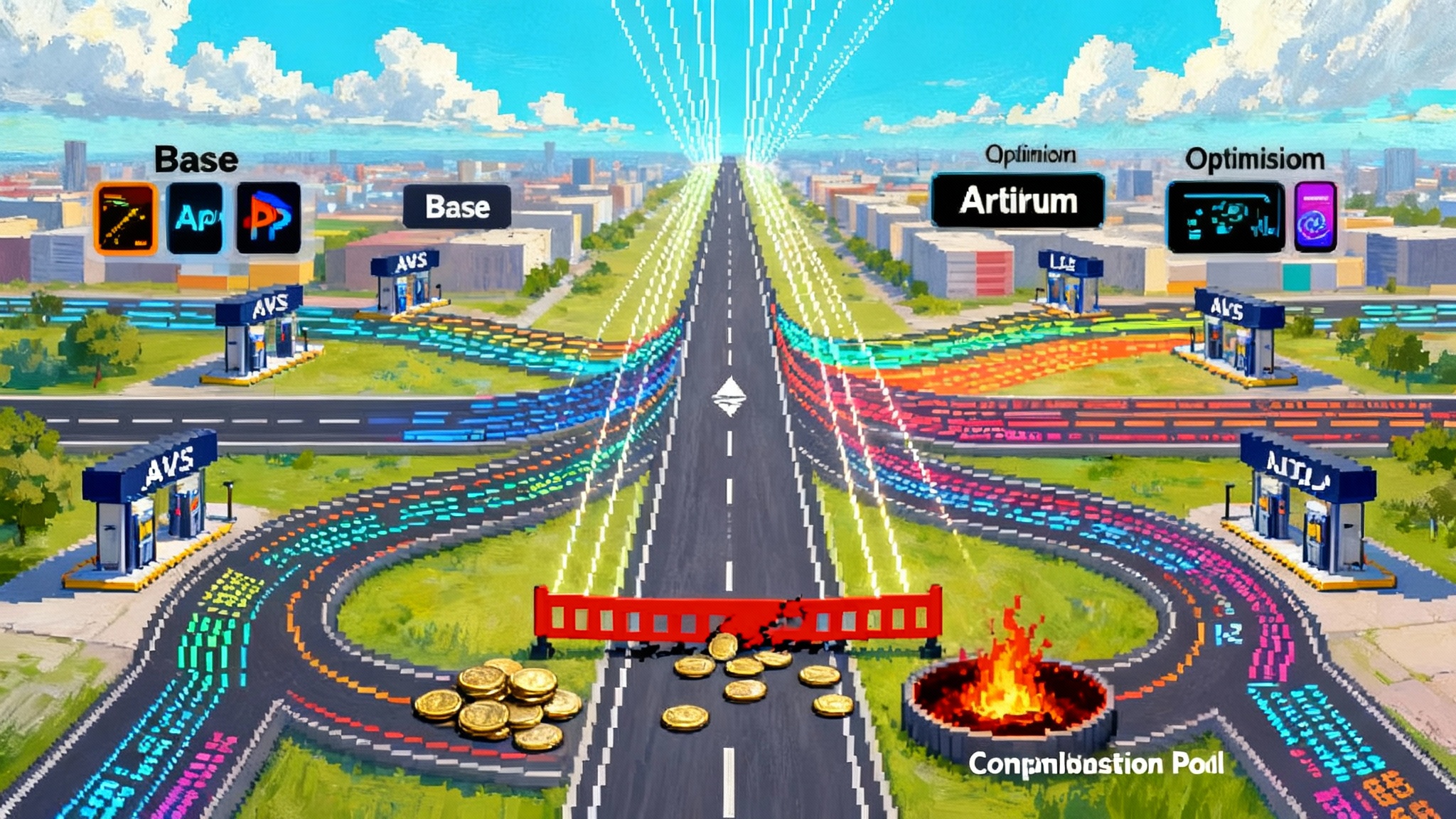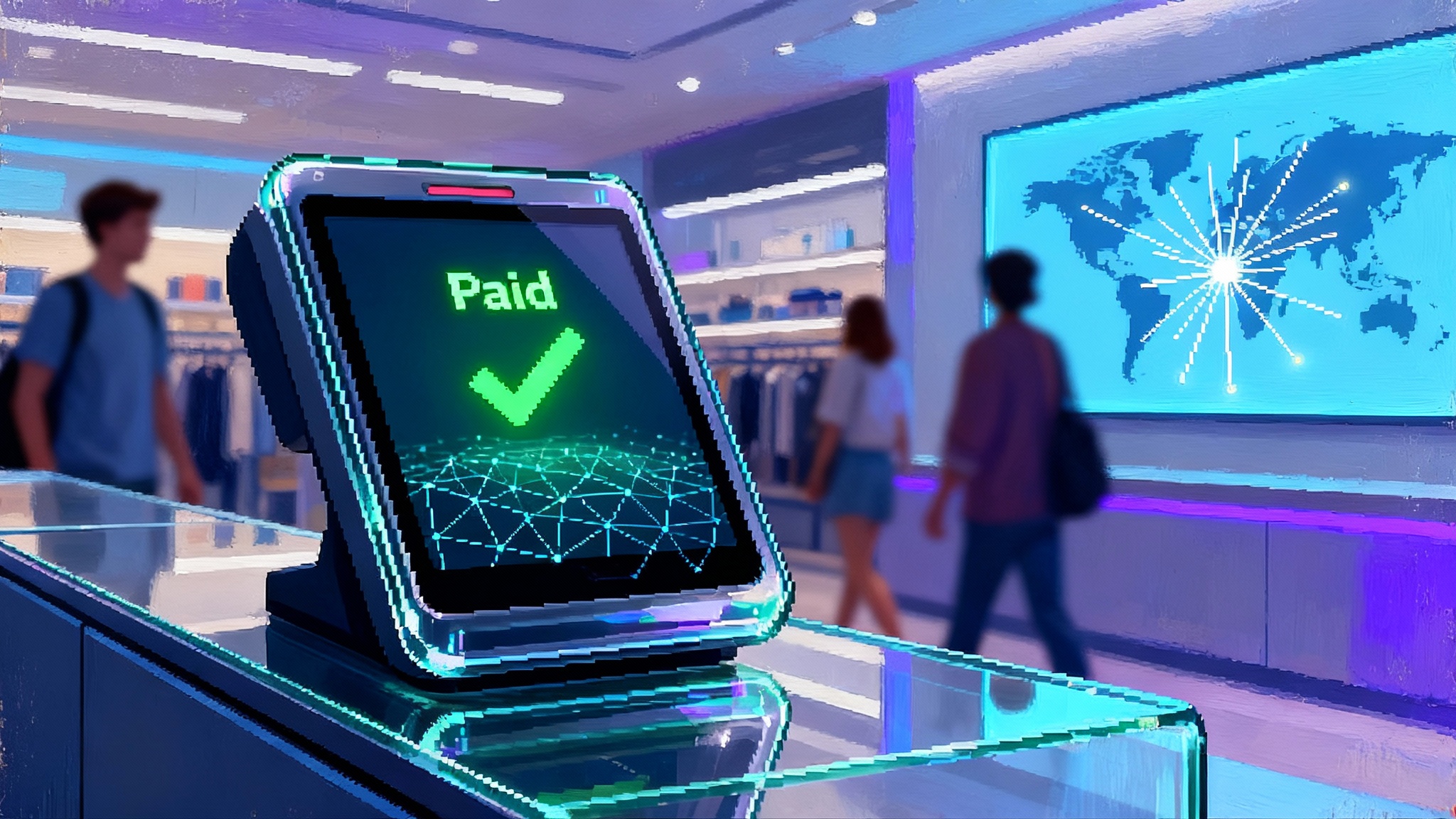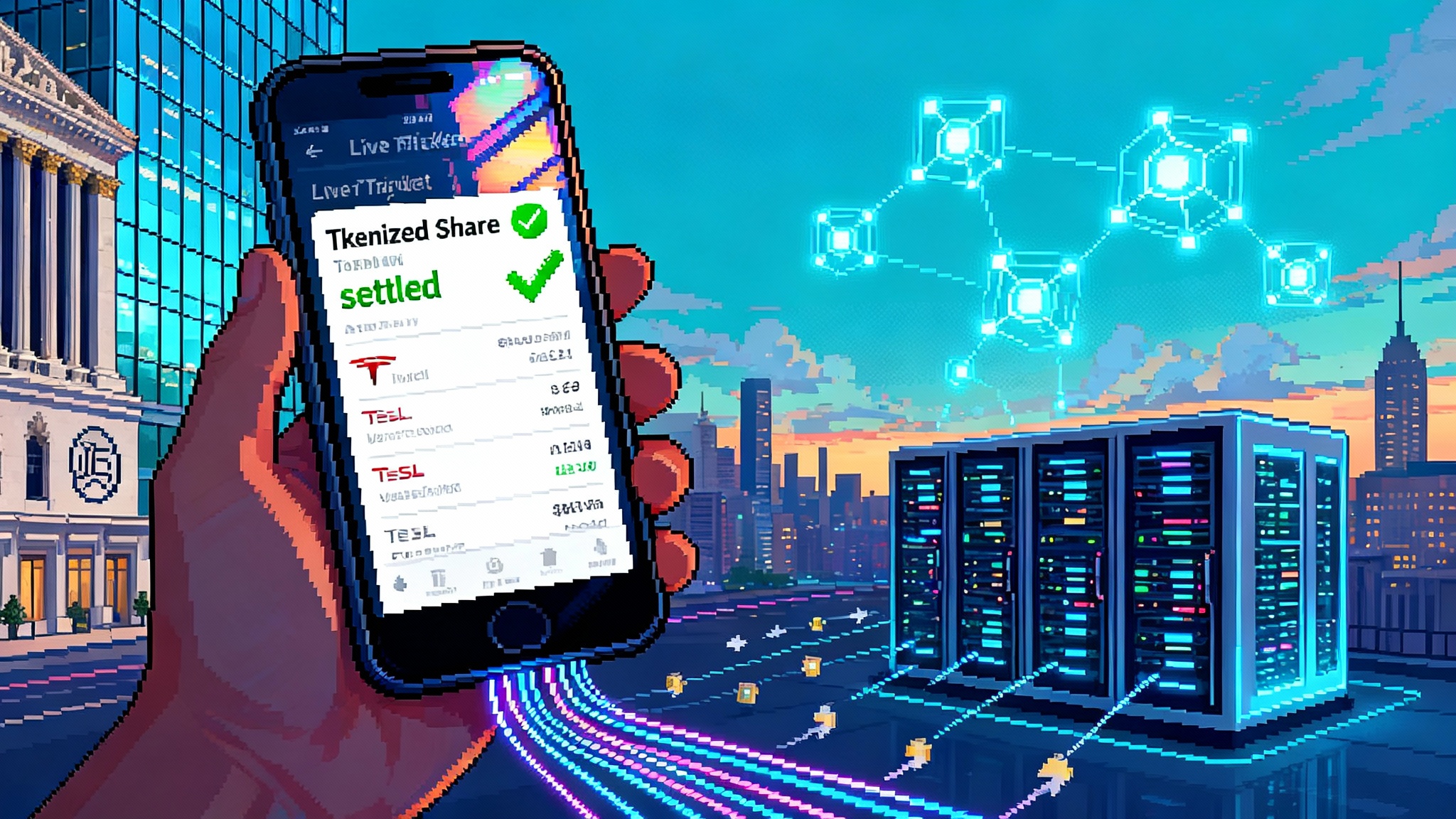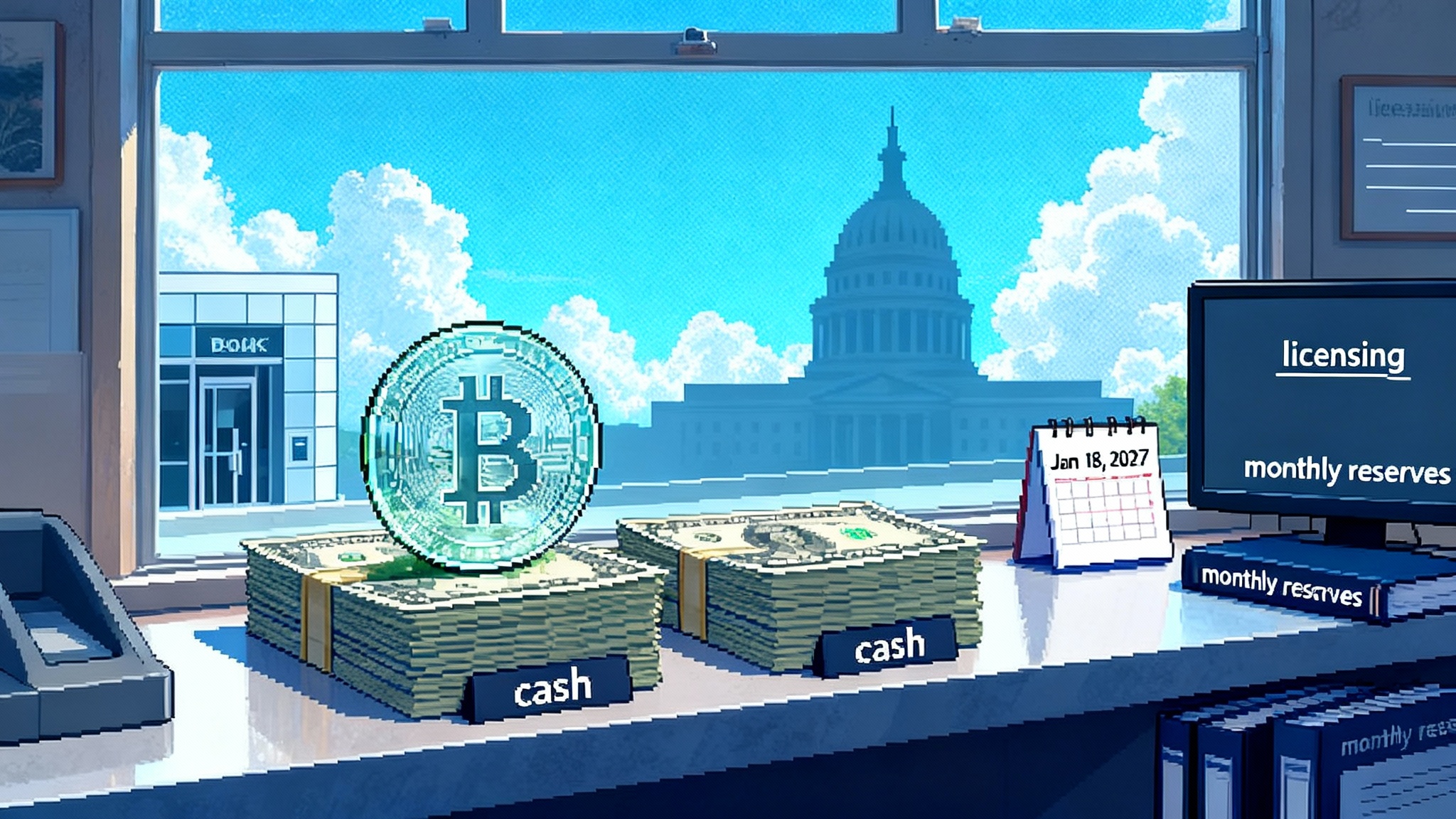Square Switches On Fee-Free Bitcoin for Main Street
Square is switching on native Lightning payments and a built-in Bitcoin wallet for U.S. sellers, waiving processing fees until December 31, 2026. Here is what ships, who benefits, and a 30-day pilot plan for your shop.

The news in plain English
On October 8, 2025, Block announced Square Bitcoin, a native bundle inside Square that lets small and mid-sized businesses accept Bitcoin payments and manage a built-in Bitcoin wallet. The headline terms are simple: Bitcoin payments carry zero processing fees through the end of 2026, with a planned 1 percent fee beginning January 1, 2027. Bitcoin Conversions, which automatically allocates a slice of a seller’s daily sales into bitcoin, sits alongside that wallet in the same dashboard. Payments begin November 10, 2025, in the United States, with New York excluded at launch. The company positioned it as a way to make bitcoin everyday money for local commerce, as outlined in the official Square Bitcoin press release.
What exactly Square is shipping
Square Bitcoin appears in three parts that live inside the tools many sellers already use:
- Bitcoin Payments at the point of sale. Customers scan a code from any Lightning-enabled wallet and pay in seconds. The seller can choose to receive proceeds as bitcoin or as United States dollars.
- A native Bitcoin Wallet for the business. This is custodied by Block and sits next to Square Banking accounts in the dashboard. Sellers can buy or sell bitcoin, view balances, and move funds out to self custody when they want.
- Bitcoin Conversions for treasury. Sellers choose a percentage of daily sales to automatically convert into bitcoin, up to a cap that Square set at 50 percent of that day’s volume.
There are clear guardrails. Bitcoin Payments are supported for transactions up to about 600 dollars each, which covers coffee, lunch, and most boutique retail tickets while avoiding high ticket edge cases on launch week. Square says there are no chargebacks for bitcoin, so refunds for Lightning payments route through gift cards or separate arrangements. The fee holiday covers both settlement choices through 2026. These details are listed on Square’s own Square Bitcoin details page.
The rollout and the fine print
- October 8, 2025: Announcement at Square Releases.
- November 10, 2025: Bitcoin Payments start for eligible U.S. sellers.
- Through 2026: Zero processing fees for Bitcoin Payments. Bitcoin Conversions continues in parallel.
- January 1, 2027: A 1 percent processing fee turns on for Bitcoin Payments, unless terms change.
Eligibility matters. At launch, Square Bitcoin is U.S. only and not available to sellers located in New York. Sellers still undergo Square’s normal risk and compliance checks, and availability can change based on state rules. For treasury tools, Square sets purchase and withdrawal limits, and it surfaces tax forms in the dashboard when applicable.
Why this is a shot across the checkout counter
Square’s offer puts pressure on the cost structure of card based checkout. Most small businesses end up paying an all in rate on card transactions that often lands around 2 to 3 percent once network fees, acquirer markup, and fixed per swipe fees are combined. A payment rail with a 0 percent processing fee, even if only for a year, creates a new anchor for merchants who have watched payment costs creep up in small increments.
Run a simple example. Imagine a neighborhood cafe that processes 50,000 dollars each month. If its blended card cost is 2.7 percent, that is 1,350 dollars in monthly fees. If 20 percent of checkout volume shifts to Bitcoin Payments at 0 percent, the fee savings are roughly 270 dollars a month. At 40 percent share, the savings climb to 540 dollars. That is real money for a cafe that buys beans every week and replaces a grinder every quarter. The cafe still accepts cards for anyone who prefers them, but it now has a pricing lever at the margin.
Settlement control matters too. Cash from Lightning settles to the seller’s Square balance nearly instantly, without the batch delays of some card flows. There are no card style chargebacks. That does not erase the work of refunds or reconciliation, but it removes a source of costly disputes that shop owners know well.
Lightning, explained without jargon
Lightning is a layer on top of the Bitcoin blockchain that makes small payments fast. A helpful mental model is the classic tab at a diner. You and the diner open a tab once, and you can order coffee, pie, and a refill without running your card each time. When you are done, you settle up and close the tab. Lightning uses a similar idea. It opens connections called channels between nodes, routes a payment through those channels, and finalizes almost instantly. The on chain blockchain is the courthouse record. Lightning is the handshake and the receipt at the table.
For Square, the practical effect is that a customer points a phone camera at a code, their wallet prepares a Lightning payment, and the money arrives in seconds. The operational work of keeping channels funded and routes healthy is Square’s job behind the scenes. That is where Square’s scale helps. Individual merchants do not need to think about liquidity, routing nodes, or fee markets. They just see paid, void, and refund options in the same screens they already use.
There are constraints. Lightning favors low to mid value transactions, which is why Square capped per transaction amounts at around 600 dollars. Channel liquidity is not the same thing as a card network’s central switch, so Square will have to keep a close eye on throughput, failed routes, and uptime. The early weeks will be a stress test. If it holds, the payoff is a mainstream demonstration that Lightning can handle the daily hum of retail, alongside other consumer channels where chat native crypto goes mainstream.
A small business treasury tool hiding in plain sight
Bitcoin Conversions may be the quiet catalyst. It turns a passive payments stack into a simple treasury program. Many owners already sweep cash between checking and savings. Now they can sweep a slice into bitcoin each day without logging into an exchange. The limit matters here. Square lets sellers auto convert up to 50 percent of daily sales. That is a high ceiling for an automated allocation.
What could this look like in practice? A boutique chooses to convert 5 percent of daily sales. On a 3,000 dollar Tuesday, that is 150 dollars of bitcoin at the day’s market rate. Over a month, the boutique has averaged in without trying to time prices. The pattern resembles a retirement plan’s dollar cost averaging, except the asset lives next to the checkout data and bank balances. If the owner prefers less exposure, they drop the percentage to 1 percent for a while or pause the automation and hold.
This is not risk free. Bitcoin’s price moves. Gains and losses hit the income statement when coins are sold or spent, and in some cases when they are marked on the balance sheet. Square’s dashboard will help with lots, cost basis, and forms, but policy still matters. Owners should set simple guardrails. Examples:
- Set a maximum allocation at the treasury level, for example 2 to 5 percent of liquid assets, so daily conversions cannot drift into uncomfortable territory.
- Pair conversions with a spending or saving rule. Keep purchased bitcoin as a long term reserve, or route a portion to a self custody wallet monthly.
- Define sell triggers tied to business needs, not price goals. For example, auto sell when cash on hand drops below one payroll cycle.
Practical limits and operational tradeoffs
- Geography: Available in the United States at launch, excluding sellers located in New York. That exclusion reflects state specific licensing.
- Ticket size: The Lightning payment cap near 600 dollars steers the product to everyday tickets rather than high ticket items.
- Finality: Bitcoin payments do not have chargebacks. This reduces fraud exposure but requires clear refund procedures. Offering store credit, gift cards, or a separate return flow is sensible.
- Training: Staff need a two minute script at the register. Show the code, have the customer scan, do not cancel an invoice mid flow, and confirm the paid status before bagging the item.
- Accounting: Map bitcoin transactions to the right accounts in your general ledger. Treat conversions and sales as separate events. Align your calendar with quarterly tax estimates.
Who feels the pressure now
- Card networks and acquirers: A 0 percent option at the counter is a strong negotiating chip for merchants. Even if bitcoin mix stays modest, it can reset expectations around pricing tiers and gateway fees, especially for micro tickets where fixed per transaction fees hurt most.
- Point of sale competitors: Shopify, Toast, Lightspeed, and Clover must decide whether to integrate Lightning natively, partner with third parties, or pitch alternative savings like network level debit routing. As L2 throughput improves, see how Polygon Rio throughput and finality frame merchant expectations for speed.
- Wallets: Cash App, Strike, Phoenix, Muun, and others now have a high visibility retail endpoint to interoperate with. The race will be for reliability, fast invoice scans, and friendly recovery. Square’s own wallet is convenient for sellers, but buyers will use many different wallets. That is the point of an open network.
- Stablecoin players: For cross border commerce and invoicing, stablecoins still have an edge today. For domestic retail, Lightning just got a distribution boost that stablecoin wallets will need to match with tap to pay and point of sale integrations, especially if the U.S.-licensed stablecoin race accelerates merchant options.
What to watch next
- Banks and networks: Expect renewed pushes on cheaper debit routing and incentives for card on file and account to account payments. Interchange debates will heat up in trade groups. If bitcoin takes even a single digit share of in person retail, that is enough to force pricing conversations with processors.
- Wallet improvements: A smoother recovery experience, one scan invoices, and better messaging around failed payments will matter. Watch for wallets to prefetch routes, cache invoices, and reduce the number of taps for a first time user.
- Tax tooling: Automated lot selection, year end summaries, and business ready Form 1099 information inside Square will decide if treasurers view this as real infrastructure rather than a novelty. Expect deeper integrations with accounting platforms so that bitcoin entries post to the right ledgers without manual work.
How to pilot this in your shop
A 30 day plan keeps risk contained and learning high.
Week 1
- Enable Bitcoin Conversions at 1 percent of daily sales. This gets your accounting, reporting, and user permissions aligned without disrupting checkout.
- Train staff on the payment flow and draft a 3 sentence refund policy for bitcoin transactions. Keep it consistent with how you already handle gift cards.
- Add quiet signage at the counter and in your mobile ordering flow. The goal is to observe, not to push.
Week 2
- Turn on Bitcoin Payments for in person checkout. Start with a target of 5 percent of transactions paid in bitcoin. Offer a small incentive on a single product category to measure lift, such as a free pastry with a bitcoin paid coffee.
- Stress test. Run a lunch rush with one register dedicated to Lightning. Note any friction: scanning angles, screen brightness, or slow connections.
Week 3
- Review data. Compare time to settlement, refund rates, and voids between Lightning and cards. Confirm your accounting mappings look right and that cost basis is recording daily.
- Adjust your incentive. If adoption is below 2 percent, try a clearer message at the register. If it is above 10 percent and operationally smooth, remove the incentive and see what sticks.
Week 4
- Decide on a steady state mix. Keep Bitcoin Conversions at 1 to 3 percent of daily sales if you want a measured treasury allocation. If you prefer to stay flat, turn it off and keep only the payments feature.
- Publish a one page playbook for staff. Include a script for answering common questions and a checklist for closing the register with bitcoin enabled.
The competitive responses that would be meaningful
- Direct rate cuts for small tickets. If processors cut pricing on sub 10 dollar tickets, that would blunt one of Lightning’s biggest advantages.
- Deep integrations by rivals. If Shopify or Toast ship first party Lightning with instant settlement, the technology becomes a fixture rather than a Square only differentiator.
- Bank backed account to account rails for point of sale with comparable economics. If banks deliver a tap experience with instant settlement and merchant friendly pricing, sellers will have multiple low cost lanes to choose from.
The bottom line for sellers
Square Bitcoin is not a binary bet on the future of money. It is a new lane in the checkout flow and a simple automation in the treasury stack. The fee holiday through 2026 makes experimentation cheap. The 600 dollar cap keeps risk low. The native wallet removes extra logins. The automatic conversions bring a long term allocation into daily operations without new software.
Adopt it the way you would any new payment method. Start small, measure, and scale if it works for your customers and your books. If adoption stalls, you have learned something valuable about your audience and you can turn it off with a toggle. If adoption grows, you have a new way to lower costs, move money faster, and diversify your balance sheet on your terms.
A smart bet on optionality
Payments rarely change all at once. They change at the edges first, where a few cents per transaction matter, where settlement speed matters, and where a simpler user flow saves a minute at the register. Square just placed a visible, low friction, open network option at that edge, then made it free for a year. For Main Street sellers, that optionality is the breakthrough. It is not an argument about ideology. It is a new choice with clear tradeoffs, right where the customer orders a coffee and reaches for a phone.
